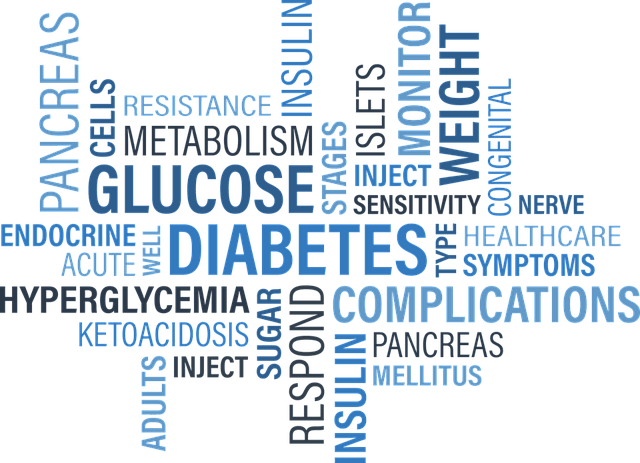Food Safety for Persons with Diabetes
Persons with diabetes are one of several groups that are at an increased risk of experiencing a foodborne illness. Luckily, safe food handling can reduce foodborne risks (1).
Foodborne illness is a disease that is either infectious or toxic in nature and occurs through the ingestion of contaminated food (2).
FOOD SAFETY FOR PERSONS WITH DIABETES
Common Symptoms of Foodborne Illness
Diarrhea Bloody stool
Vomiting Abdominal pain
Nausea Chills
Fever Muscle ache
Call your doctor or healthcare provider if you have questions
Why are Persons with Diabetes More Prone to Foodborne Illness?
Different organs and bodily systems may not work as well to fight off foodborne infection(s), leaving people with diabetes at an increased risk for infection, being sick longer, and experiencing a higher hospitalization/death rate.
How are Organs and Bodily Systems Affected?
High blood glucose levels can decrease immune function, because white blood cells are not working well. This is dangerous because white blood cells are not properly fighting off infections (1). In addition, getting sick can mean you are not eating regularly which can lead to blood glucose levels dropping (3).
Kidneys may not work as well to clean blood from waste and water.4 Decreased kidney function may allow germs, toxins, and other pathogens to stay in the body longer, possibly growing and causing foodborne illness (1,3).
Your immune system may not recognize harmful germs and pathogens. A suppressed or delayed immune response makes you more susceptible to infections (1). A suppressed immune system could mean a longer or more serious foodborne illness among this population (3).
A healthy gastrointestinal tract (GI) uses nerves and cells to make stomach acid to breakdown foods and move it normally to your intestinal tract (1). However, persons with diabetes may have damaged nerves and cells that result in less stomach acid. Less acid slows digestion, and gives food more time in your stomach, allowing germs, toxins, and other pathogens to possibly grow and cause foodborne illness (1,3).
Share with family and friends why safe food handling is important to a person with diabetes.
Tips for Safe Food Handling, from Purchasing through Meal Cleanup to Prevent Germs from Entering Your Body
Four simple steps: Clean, separate, cook, and chill.
Clean hands and surfaces often. Do not forget to clean the tops of canned foods before opening and wash produce (1). Sanitizing counters and cooking equipment is an additional step some households may follow.
Separate raw meat, poultry, and seafood from ready-to-eat foods, such as fruits and vegetables, to prevent cross-contamination or the spread of bad germs.
Cook foods to the right temperature. With lower immune function, cooking is especially important. You cannot tell by looking at or touching if a food is finished cooking; use a food thermometer. Using a chart (below) can help you remember when food has reached a safe internal temperature to eat (5).
Avoid eating raw or undercooked fish and seafood.
Avoid cheese or dairy products made from raw unpasteurized milk.
Chill or refrigerate foods quickly to slow germ growth. For best results, keep refrigerators set at 40°F or below, and freezers at 0°F or below. Refrigerate foods within 2 hours after cooking or purchasing. Refrigerate foods within 1 hour if the temperature is above 90°F.
References
1. https://www.fda.gov/Food/FoodborneIllnessContaminants/PeopleAtRisk/ucm312706.htm
2. World Health Organization. Food safety and foodborne illness. Fact Sheet N 237
3. https://www.foodsafety.gov/risk/diabetes/index.html
4. https://www.niddk.nih.gov/health-information/kidney-disease/kidneys-how-they-work
5. Foodsafety.gov
